This Intro to Creating Engaging Mobile Apps is the first of a series examining mobile apps, presenting basic marketplace information, and some characteristics and phases of successful app creation.
According to Gartner, by the end of this year, 310 billion apps will have been downloaded, accumulating $74 billion in revenue. Competition between apps is fierce, with no guarantees. Research firm Adeven reports that two-thirds of apps in the Apple store are not downloaded once. This is sobering news. For the beginner building their first app, the challenges are overwhelming. What does app success look like? What must be done?
In this article, we point out the fundamental elements necessary to create an engaging mobile app, one that keeps its users, offering something inherently valuable, increasing overall commitment.
Engagement is all about measuring user interaction with your app. An engaging app buries itself into the habits of users, becoming part of their day-to-day lives. Yes, making your app engaging is very important, but an understanding of all the basic mobile app creation phases is imperative. Ready for more? Then let’s go.
Mobile Landscape
As of 2021, mobile apps were estimated to be a $25 billion dollar industry. Any restaurant (startup, mid-level, enterprise) hoping to grow in profitability, and interact with a larger customer base, needs to consider investing in a mobile app.
With millions of iOS and Android apps downloaded just last year, that number is only expected to rise, as the number of mobile device users grows. The average American spends 2.8 hours a day on mobile apps alone. By 2020, mobile overtook fixed Internet access. Mobile apps should be convenient, user-friendly, appealing, interactive and functional.
What factors affect your restaurant brand and its app marketing strategy? What are the important points to know when building your first app? These are pertinent questions, and you will need to fully answer each in order to make your app an efficient product.
How Mobile Apps are Changing Business
Mobile apps are changing the way businesses interact with their customers, offering a personalized experience by anticipating the user’s need.
DineEngine® did this with some diverse brands, implementing very particular goals. For instance, we provided Girl Scouts of America with a Cookie Finder mobile app that drives sales by locating their product. We leveraged mobile in the form of a tableside app for Wings & Rings, who was seeking a contactless solution for customers ordering in-store.
With mobile apps, restaurants can offer push notifications on nearby sales and product availability, make them aware of new products and stores, and offer discounts and promos for loyal users. Companies can even go fully mobile like many retails have done.
84 percent of shoppers in physical stores use their smartphones and device apps to get information about products and comparison shop. 74 percent of users do their shopping through some form of mobile device with an estimated 2 billion mobile transactions by 2021.
Restaurants must invest in mobile apps to compete with consumer demands, both in-store and online. If your app isn’t engaging, those purchases will be lost.
More Guests are Using Mobile for Ordering
Some facts: 1 in 5 people own a smartphone with social networking apps topping the downloaded list. 224 million monthly app users are active in the U.S. alone. Global mobile engagement has gone up by 55 percent.
Digital is also winning out on consumer time as 96 percent of engagement comes from some form of mobile with a cited 4-5 times better performance than print and/or internet ads. 42 percent of Fortune 500 companies’ revenue came from mobile sites in 2015.
Some mobility trends increasing engagement while paving the way for business include:
- Ultra-personalization in mobile marketing. Restaurants capture a user’s context to create results for marketing campaigns using mobile moments.
- Building mobile consortiums to put “consumers first.” Third-party providers collaborate with other businesses to offer services while capturing data.
- Business Intelligence through mobile channels. Delivering real time information to any device and screen size exactly when a user needs it.
- The power of geography. Restaurant ordering apps use interior GPS tracking to provide customers with information facilitating a buying decision.
Engagement ratios and profit margins are expected to rise as mobile device apps become more readily available and accessible. Let’s examine a few fundamental phases that should be considered when creating and implementing your mobile app.
Mobile Strategy
The strategy phase is to determine and refine how your restaurant would define a successful app, and to create an outline of the process that you will follow to realize those goals.
- Is the purpose of your app to build revenue?
- Is it to serve as one version of a series of apps?
- Will it enhance brand awareness, driving traffic to your website or physical location for restaurant ordering sales?
- Will an existing base of users use my app to provide loyalty & rewards application for your products and/or services?
Then, make sure to complete a competitive analysis on other apps in your space. Determine your business model. Compose a concise statement of your goals for the app. Detail your definitions of success. Discern what problem(s) or need(s) the restaurant app will solve.
Describe who will download or buy your app, and create personas of your customers based on actual research, and real customer feedback. Instead of relying on random chance, insure your app possesses strategic characteristics, providing a stable foundation with greater opportunity for success.
There’s more. Now, plan to make sure your app benefits from the effects of engagement by focusing on strategies specific to your app. A few to consider:
Have I segmented my audience and figured out a communication protocol? Know who your users are and when to send emails and/or push notifications to maintain communication and/or generate sales.
Am I able to consistently add useful features and updates? For most apps, the ability to upgrade functionality while monitoring effectiveness helps to enhance engagement, retaining users.
Have I done everything I can to integrate with important third-parties? Obviously, this is a smart way to keep users committed by integrating the APIs of vendors that supplement your product/service.
Can I deliver my best offers to the right segments of my audience at decisive times, using the right channels? Instituting and using a mobile engagement automation platform helps to build multiple CRM campaigns, allowing KPI definition in order to measure effectiveness while monitoring mobile moments.
Mobile Design
To structure an engaging mobile app, the most important design consideration is user (UI) interface, with easy to understand functionality, providing an enjoyable user (UX) experience.
Ask yourself: What type of experience do my users need and want? What are the key functional elements? How will I define quality performance for my app?
It is important to follow best practices during the design phase. Spend time documenting requirements, selecting top ideas, determining what is practical, then iterating until arriving at the best possible product.
Anything in your mobile app not contributing to a positive user experience, or not enhancing performance, should be eliminated. Good design provides functional depth without clutter, focusing on the complete user journey, the flow between points, and all the interactions along the way.
Great design is intuitive, possessing clear meaning and purpose, sharing common contextual elements, easy accessibility, and a strong visual hierarchy. Design is the visual realization of your plan. Good design keeps users coming back for more.
Mobile App Development
When starting the development phase, you must decide whether to develop for a specific platform or a cross-platform framework to build an engaging mobile app. Next, you must decide which set of tools to use, as the development environment has a great impact on your users.
Platform-specific development such as iOS or Android can take advantage of the native features and functions unique to each platform, while tending to open faster with smoother scrolling and quick photo upload. However, there is more cost associated with development for more than one platform.
Cross-platform development offers the ability for your app to work on more than one platform, also providing more control over how an app will appear across different operating systems and screen sizes. Updates to the app can be applied without having to go through the app-submission process required by platform-specific apps.
Developers must keep the user experience in mind, building code so that performance can be constantly monitored. Let’s face it, no one is going to use your app if it isn’t an easy, gratifying and profitable experience — i.e. — if it isn’t engaging.
Mobile App Marketing
With so many restaurant mobile apps on the market, it is imperative you make your app stand out in the crowd. One of the most important components in marketing your app is engagement: Making sure potential users know the app exists, use it, like it, and share it. Time is always a factor, so plan carefully, and make sure you have a marketing budget substantiated.
When advertising, make sure your app’s name, keywords, and descriptions are broadly appealing. Create an account on every pertinent social media platform, produce content, and engage with users. Publish blogs about your app, and consider email campaigns to enhance news, promotions, and sales, with linkbacks to your blog and social media networks.
There are many marketing routes available besides the app stores when seeking an audience. For instance, leveraging your loyalty & rewards provider, or working with a third-party that produces push notifications and other promotional mobile advertising for your brand. To build a truly engaging mobile app, work to understand which channels and what methods will best engage your restaurant demographic to insure success.
In Conclusion
For your app to succeed, it’s important to keep your mobile customers engaged, delivering a seamless ordering experience that, literally, makes your app irresistible. Focusing upon engaging strategy, design, development, and marketing increases the likelihood your mobile app will become popular and connect firmly with users.
Make your app engaging by proactively finding and repairing any issues immediately. Communicate often about pending info or updates for your app. Keep your app engaging by maintaining vigilance, monitoring your app’s performance, working to insure your app always supplies superior value for the user.
By following the principles outlined in this article, you have taken your first steps toward realizing your goal of creating an engaging mobile app for your restaurant brand.

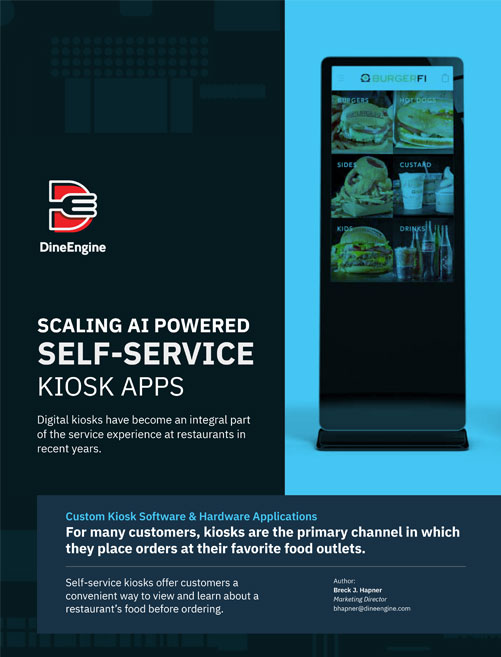
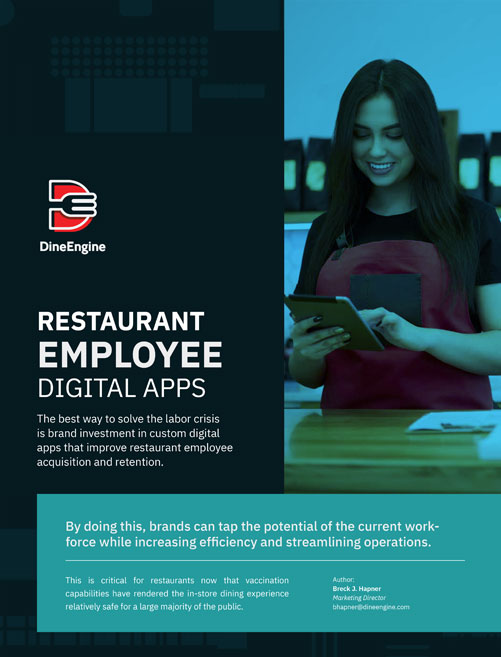
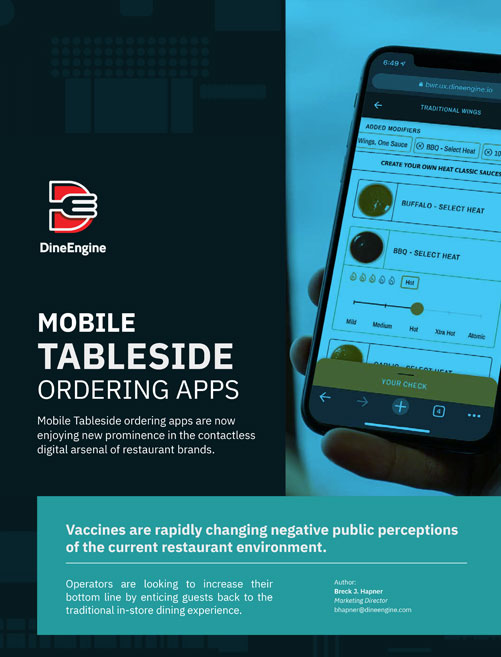
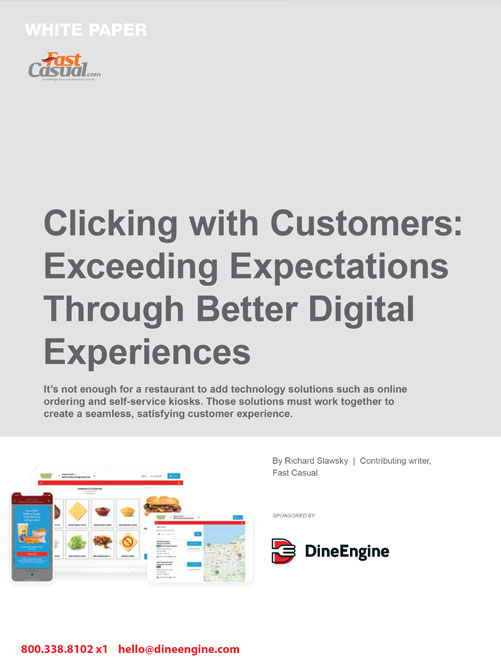
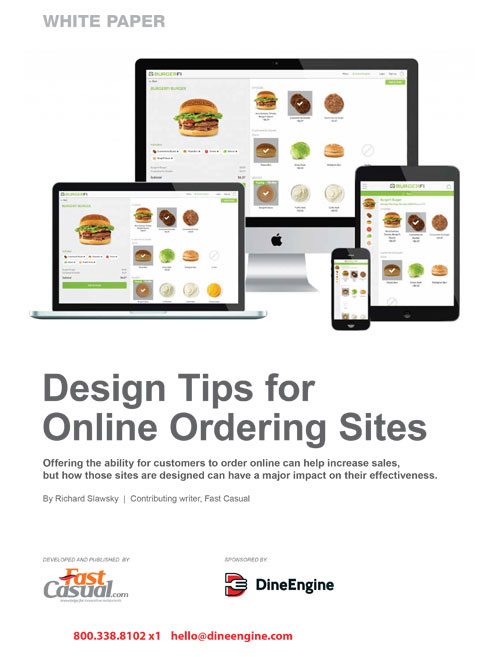
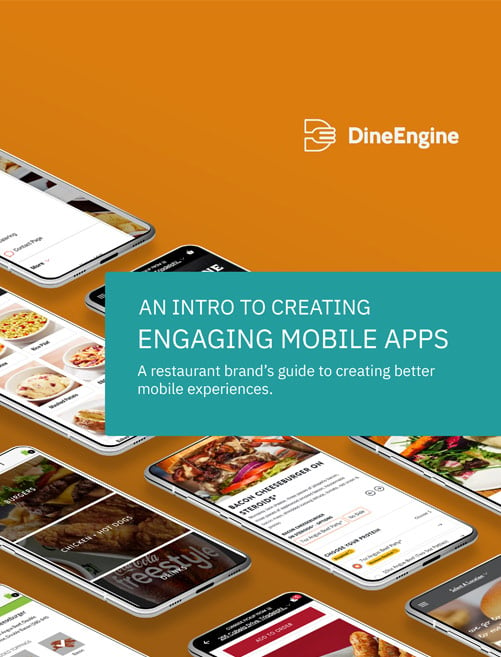







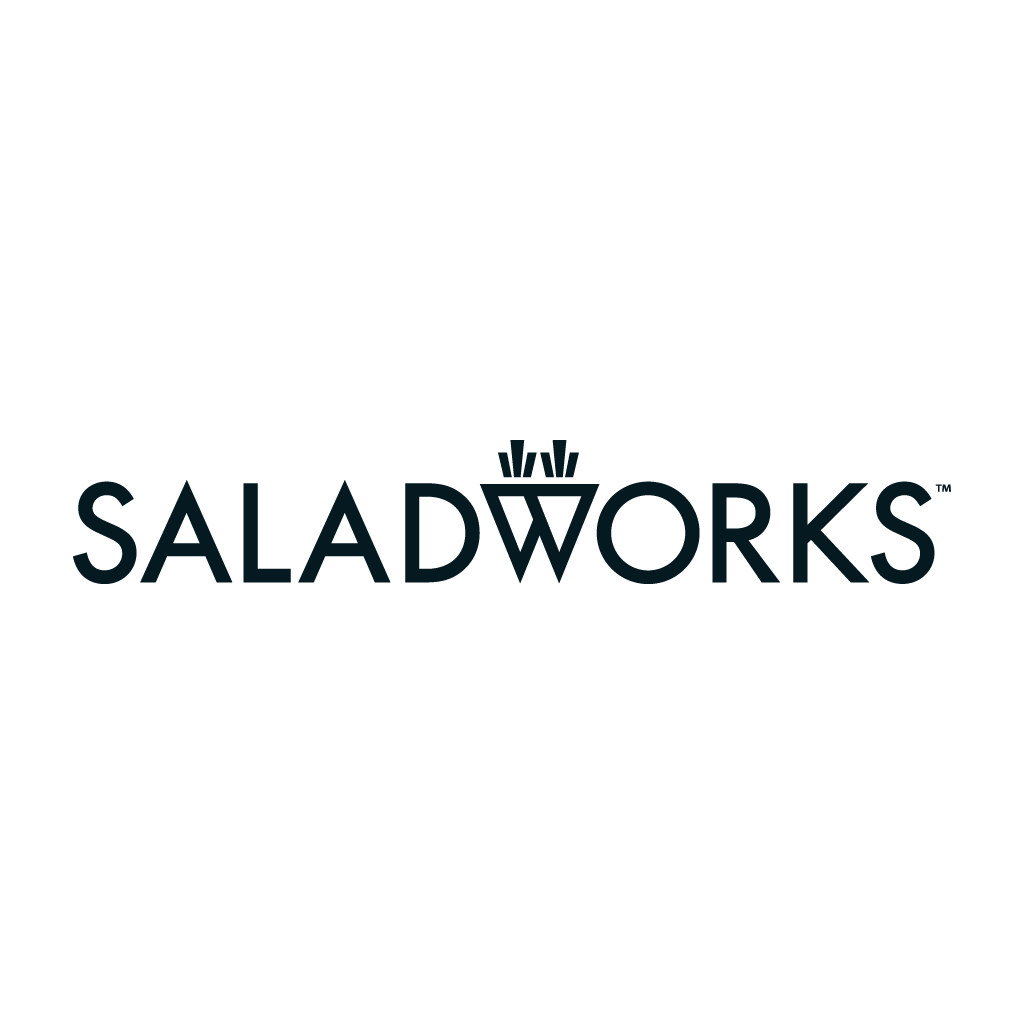




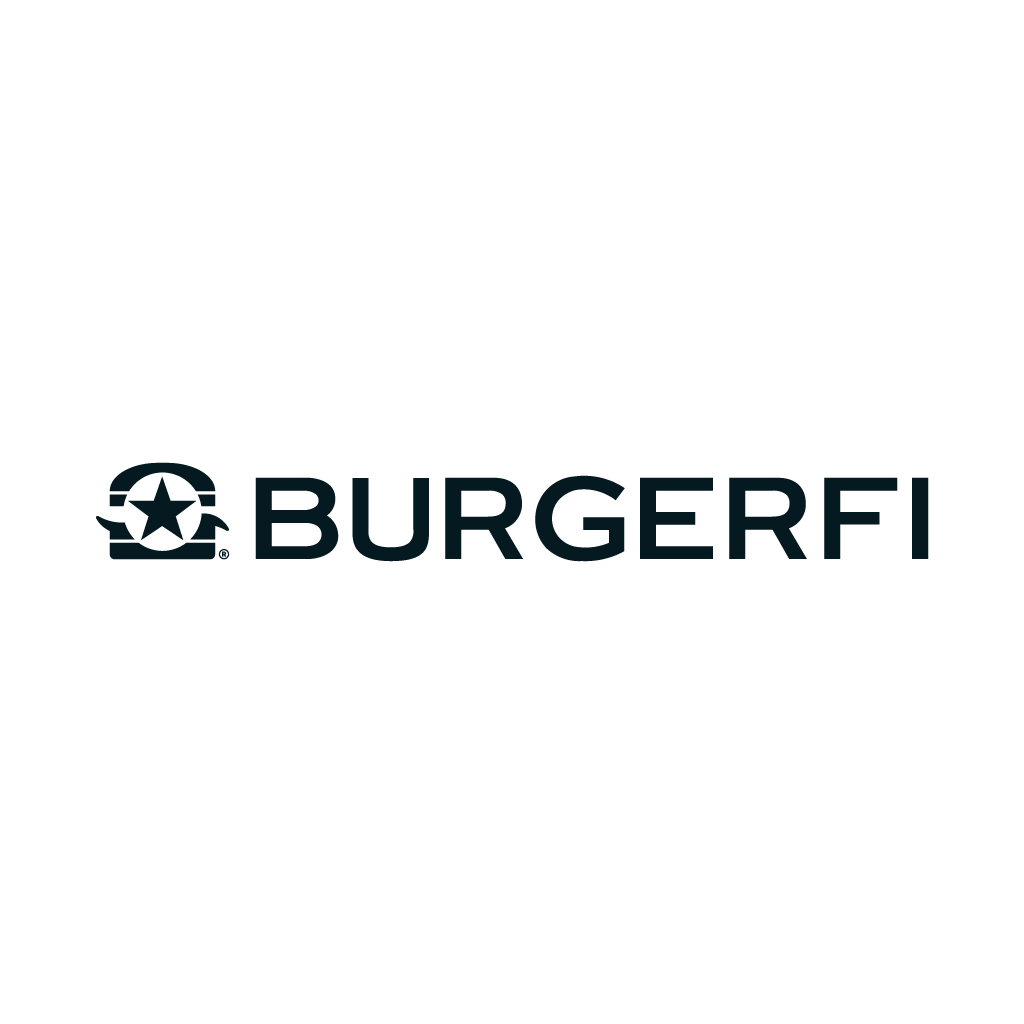
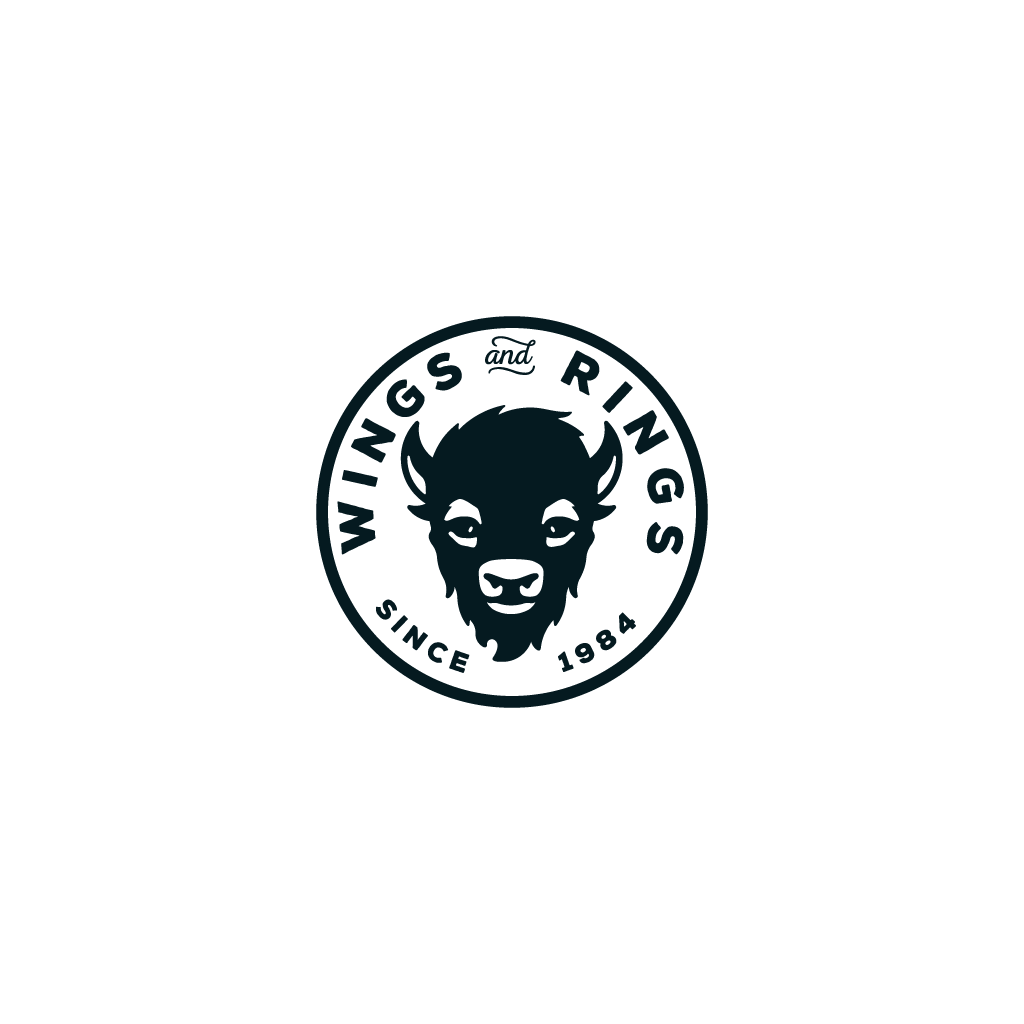




0 Comments